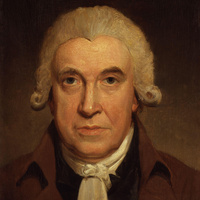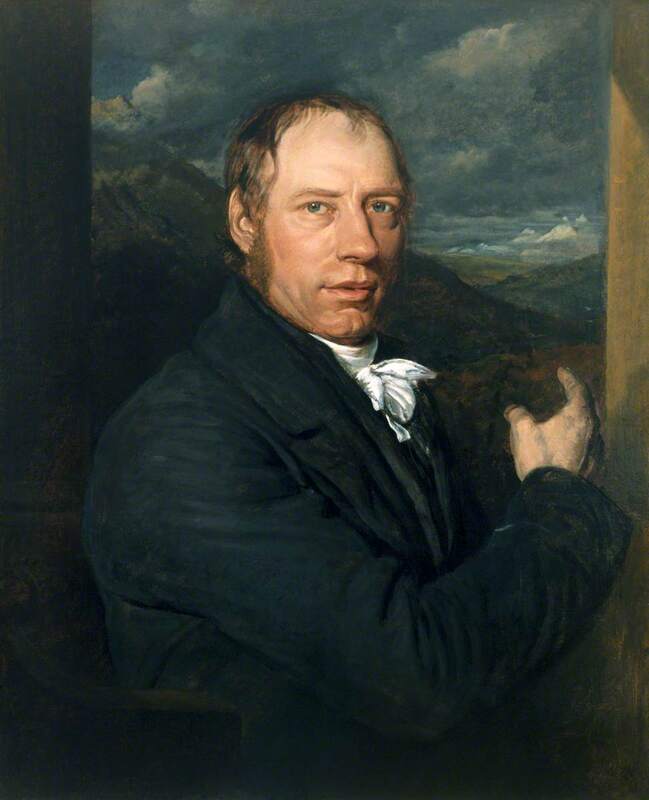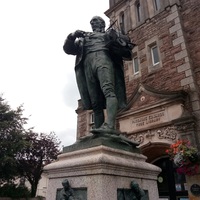How to cite this page Comment citer cette page
Trevithick, Richard
Person
- Media metadata | Métadonnées multimédias
- has biography | a une biographie
-
British inventor and mining engineer in Cornwall and South America in the late eighteenth and early nineteenth centuries.
In 1808, having moved to London, Trevithick entered into a three year partnership with West India merchant Robert Dickinson, who has a possible match in the Legacies of British Slavery database for a "Robert Dickinson or Dickenson". Dickinson provided financial backing for several of Trevithick's ship-related patents.
According to Francis Trevithick’s biography of his father, Richard Trevithick supplied steam engines to a number of British slave-owners in the Caribbean for use on their plantations in the 1810s. Some of the slavery-linked individuals Trevithick corresponded with in this period included Sir Christopher Hawkins (1758 – 1829), Sir Rose Price 1st Bart (1768-1834), R. W. Pickwood (1776-1834) and the Pinney family.
In 1816, Trevithick moved to work on mining projects in South America, where he lived for the next eleven years of his life until 1827. - was born | est né
- 13 April 1771
- died in | est mort par
- 13 April 1833
- has type | est de type
- depicted
- has association with | a une association avec
-
 Watt, James
Watt, James
- is referred to by | est référencé par
- Wikipedia - Richard Trevithick
- Wikipedia - Robert Dickinson
- Wikipedia - Francisco Uville
- Legacies of British Slavery - Robert Dickinson or Dickenson
- Legacies of British Slavery - Sir Christopher Hawkins
- Legacies of British Slavery - Sir Rose Price 1st Bart.
- Legacies of British Slavery - Robert Williams Pickwoad
- Project Gutenberg - Francis Trevithick, Life of Richard Trevithick with an account of his inventions. Volume II. (1872)
- Sharron P. Schwartz, 'A "Professor" in Peru: Trevithick and the Transatlantic Migration of the Industrial Revolution' (2002)
- The Cornish in Latin America
- Jennifer Tann, ‘Steam and Sugar: The Diffusion of the Stationary Steam Engine to the Caribbean Sugar Industry 1770-1840’, History of Technology, 19 (1997) 63-84


